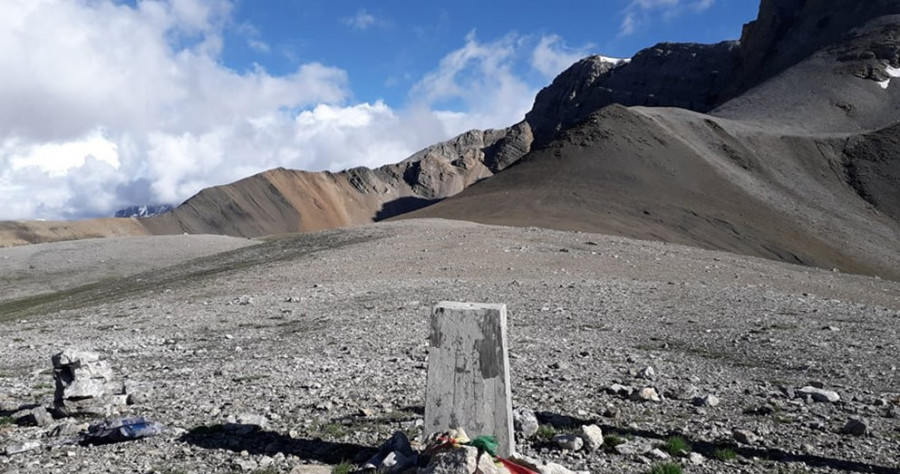China’s ‘New Great Wall’ Erected on Nepal Border, Sparking Concerns of Encroachment and Control

Humla District, Nepal
China’s aggressive expansion along the Tibetan Plateau is drawing renewed scrutiny as a formidable fence fortified with barbed wire, guard towers, and surveillance equipment divides Nepal from Chinese-occupied Tibet. According to a recent report by The New York Times, Nepali residents of the remote Humla District are increasingly alarmed by what they describe as a breach of Nepal’s territorial integrity and an intrusion on their traditional way of life.
The border fortifications, labeled by locals as “The New Great Wall of China,” stretch across the rugged landscape, mirroring the imposing frontier network that China has established along thousands of miles of its borders. High on the plateau, Chinese authorities have gone as far as carving “Long live the Chinese Communist Party” into the hillside—visible even from space—suggesting the assertive message behind the expansion. While the defensive measures might appear incremental, experts warn that they collectively represent a significant assertion of Chinese control over contested territories.
A key concern among the Nepalis living near the border is the infringement on their lands. The Times reports that ethnic Tibetan Nepalis face increasing pressure from Chinese forces not to display images of the Dalai Lama and have witnessed a steep decline in Tibetan refugees crossing the border to Nepal. According to former Humla provincial chief minister Jeevan Bahadur Shahi, “This is the new Great Wall of China, but they don’t want us to see it.”
The recent Chinese fortifications are part of a larger pattern of military and infrastructural buildup under Chinese President Xi Jinping, aimed at tightening control over regions with ethnic minorities and disputed territories. The New York Times notes that, “China borders 14 other countries by land... Under Xi Jinping, China has doubled down on efforts to assert its territorial claims in disputed areas along its periphery.” The article also highlights other instances of Chinese territorial expansion, such as the militarization of disputed maritime zones in the South China Sea, creating tension with neighboring countries like the Philippines and India.
Nepal’s own government, however, has been notably silent on these developments. Citing fear of jeopardizing economic ties with China, Nepali officials have refrained from publicly acknowledging the alleged encroachments. This reluctance dates back to 2021 when a fact-finding mission led by Nepali government officials identified border infringements in Humla, only for the report to disappear from public view. Shahi expressed frustration, stating, “The Chinese, they say to our government, and then the government says to me, ‘If you talk about this border issue, then they will stop trade, they will stop everything.’”
Further complicating the matter is Nepal’s new foreign minister, Arzu Rana Deuba, who informed The New York Times that she had not received any complaints regarding the Tibetan border and was more focused on the southern boundary with India. Yet, documents obtained by The Times show that Chinese forces have reportedly taken over Nepali infrastructure, such as an irrigation canal, and installed CCTV cameras on Nepali soil. Former foreign minister N.P. Saud also confirmed the longstanding absence of joint border inspections, despite official claims of ongoing discussions.
The situation in Humla underscores a growing sense of vulnerability among small nations bordering China. As Brian Hart, a fellow at the Center for Strategic and International Studies, observed, “Weaker states like Nepal face immense pressures because of the overwhelming power differential with China. If China does not face costs for encroaching on its weakest neighbors, Beijing will be further emboldened to threaten countries in the region.”
The ongoing silence from Nepali officials and the government’s hesitation to challenge China on these border issues raise questions about Nepal's ability to assert its sovereignty in the face of China's expanding influence. As international observers continue to monitor these developments, the fence in Humla serves as a stark reminder of the geopolitical realities facing countries caught in the shadow of a rising China.




![From Kathmandu to the World: How Excel Students Are Winning Big [Admission Open]](https://nepalaaja.com/img/70194/medium/excel-college-info-eng-nep-2342.jpg)
